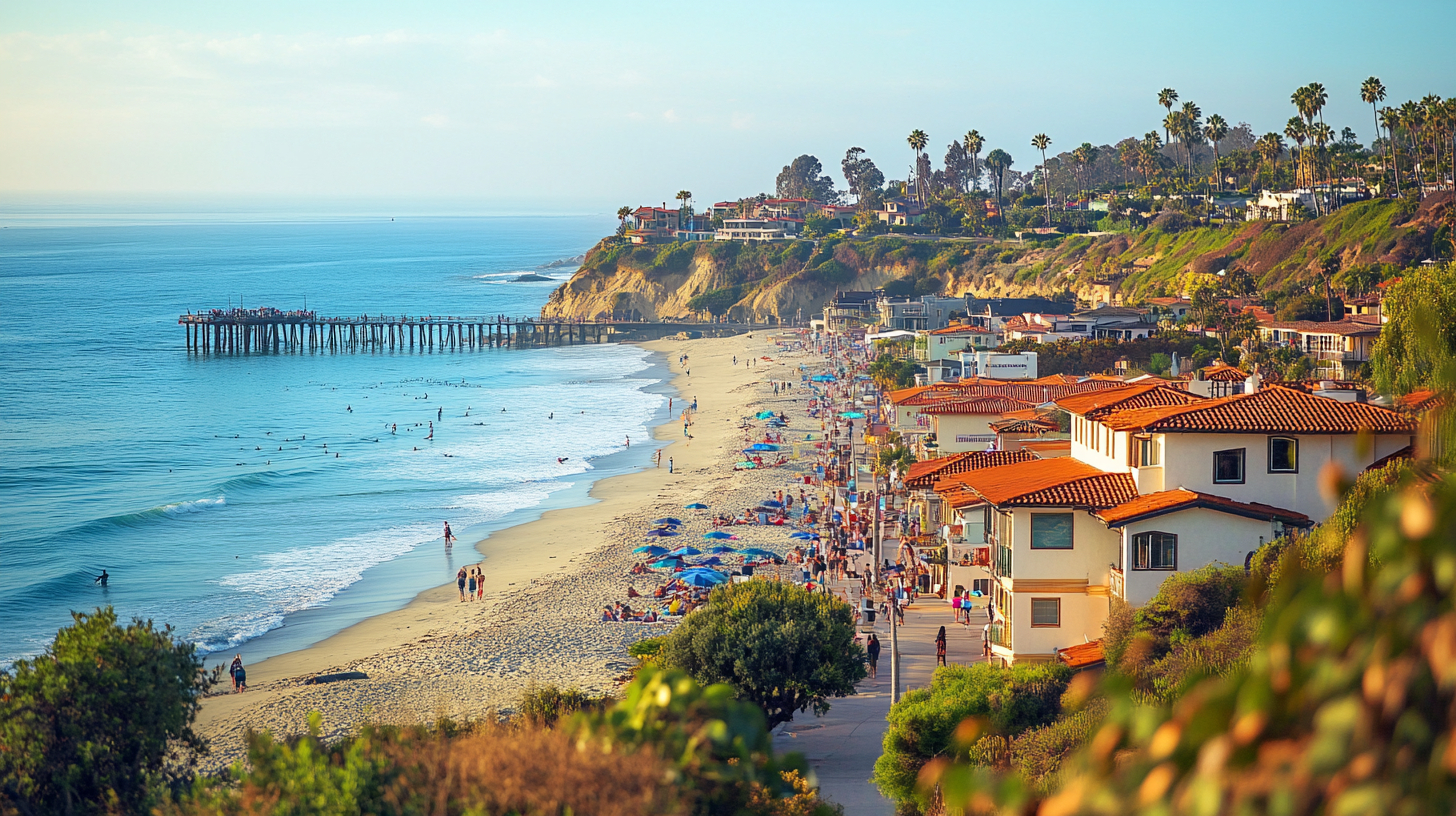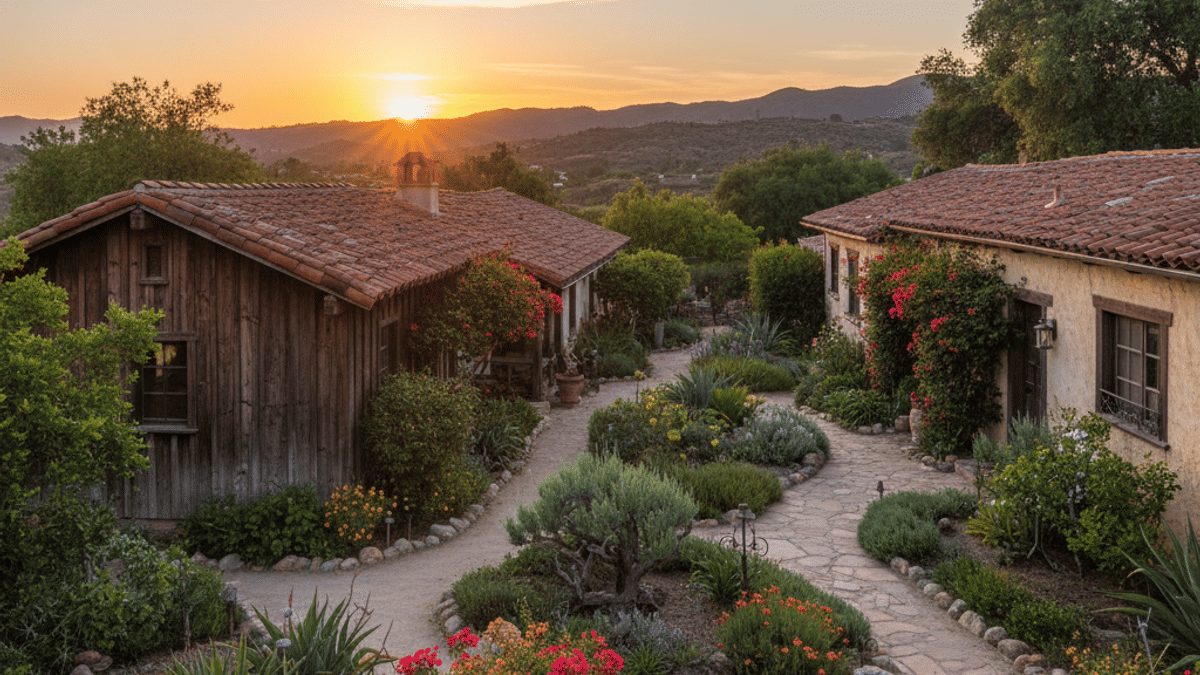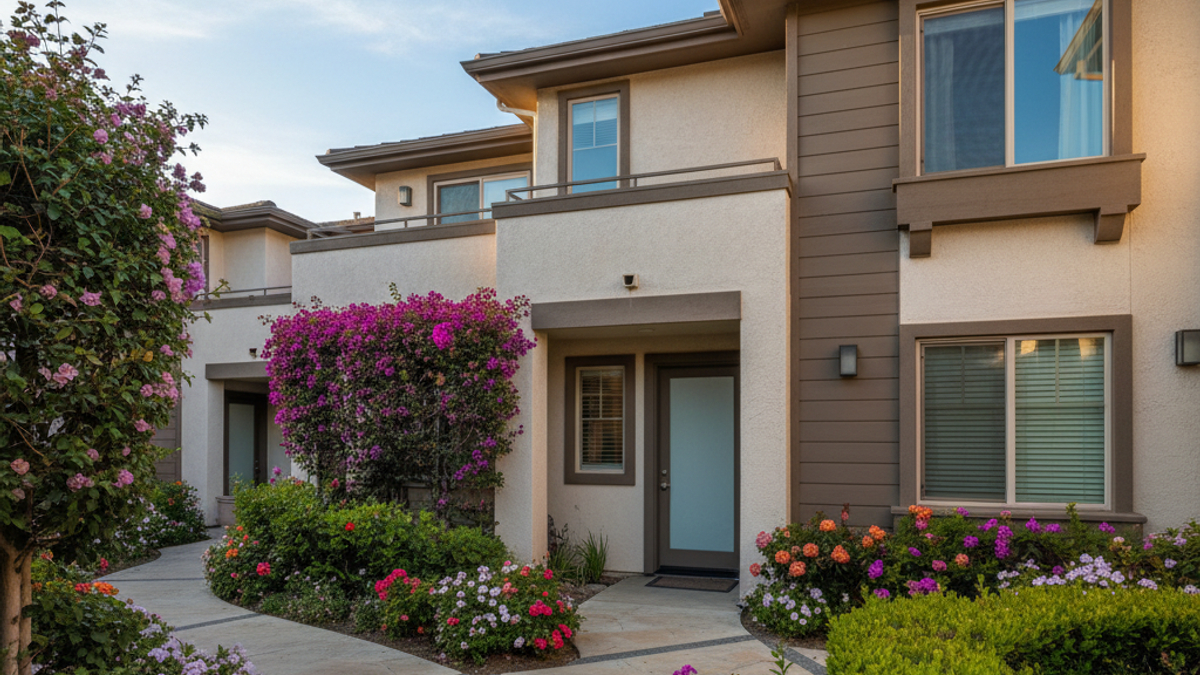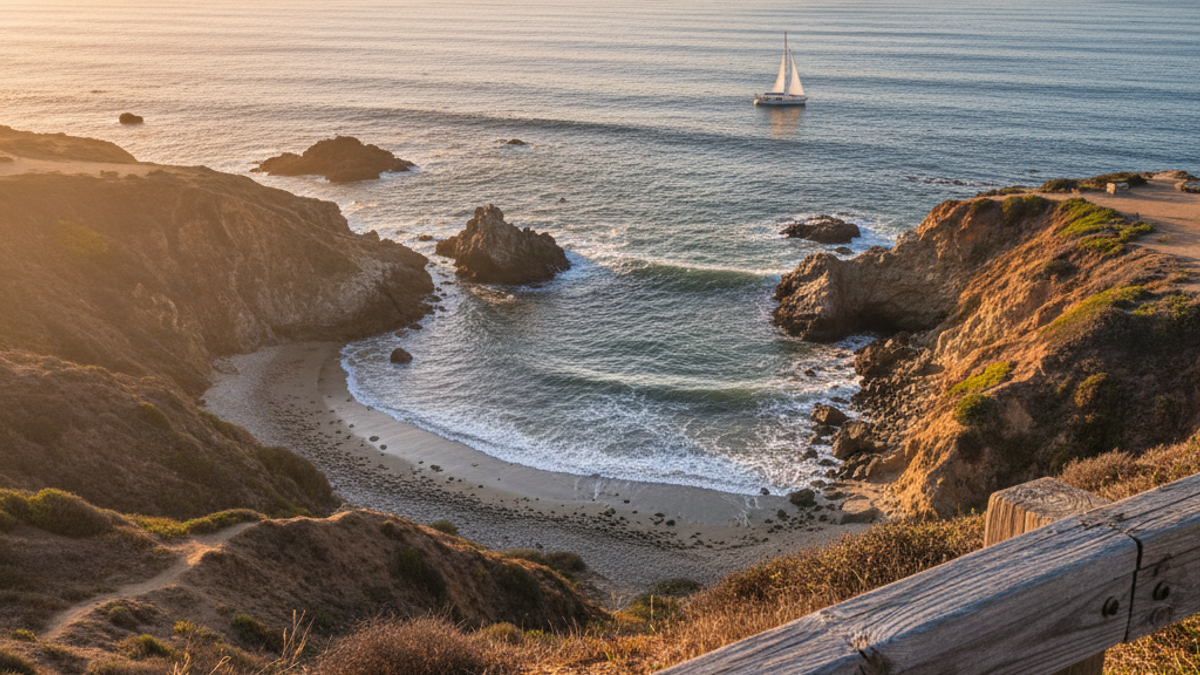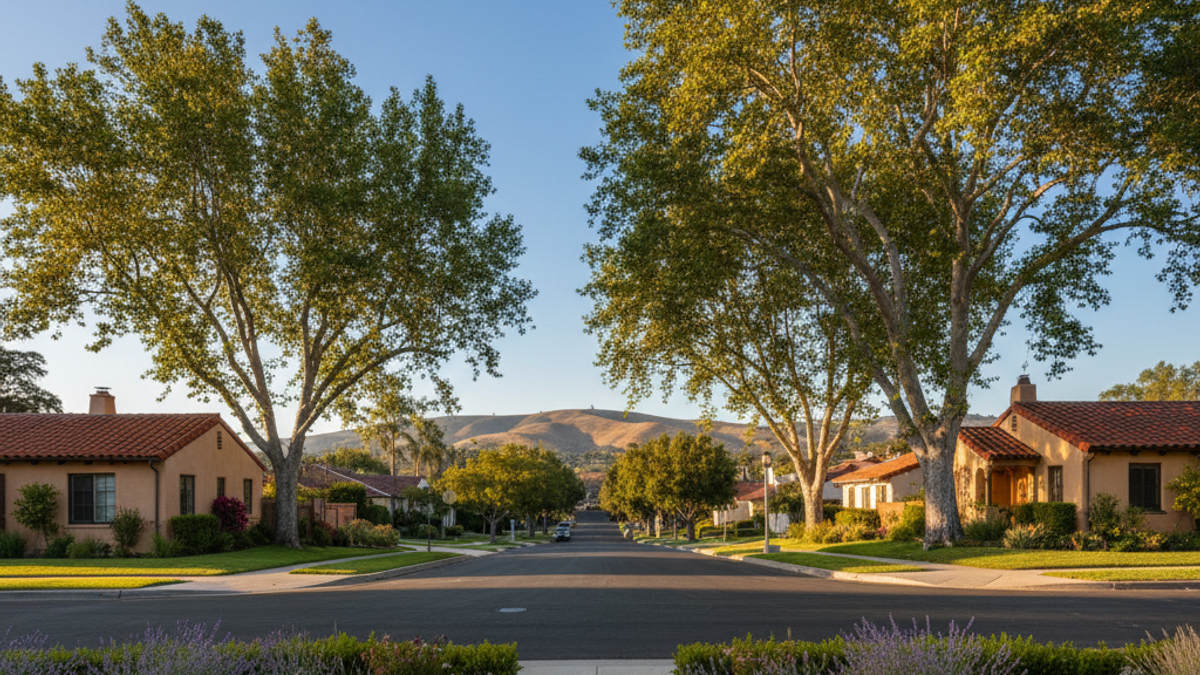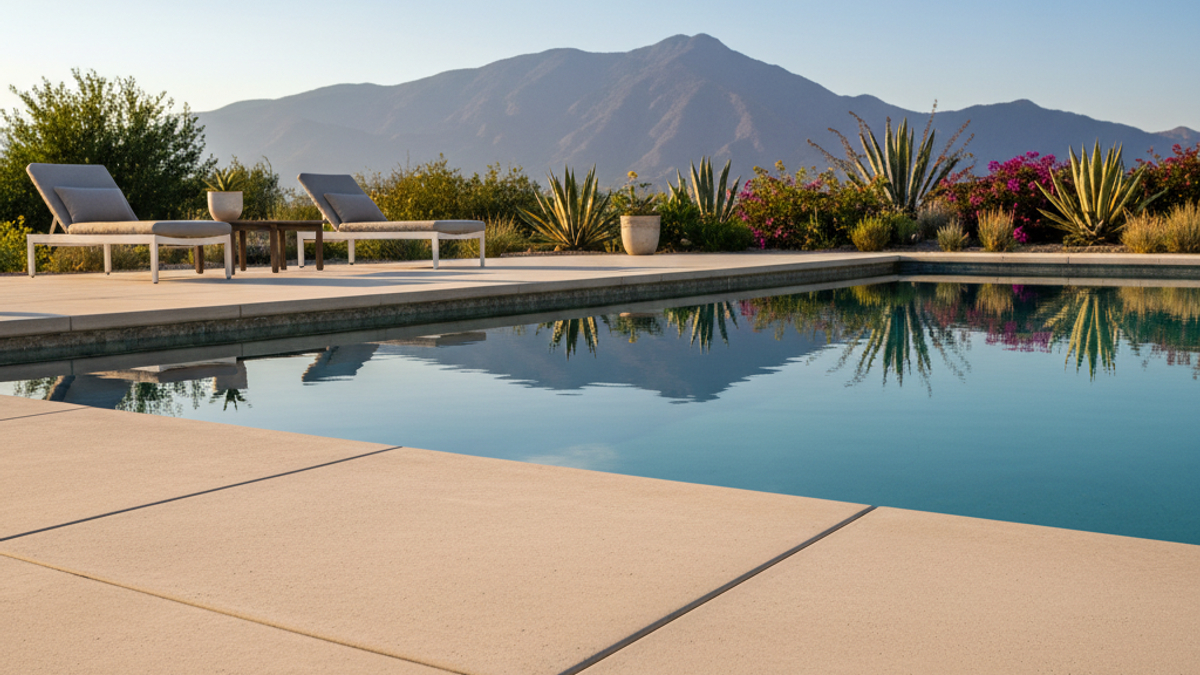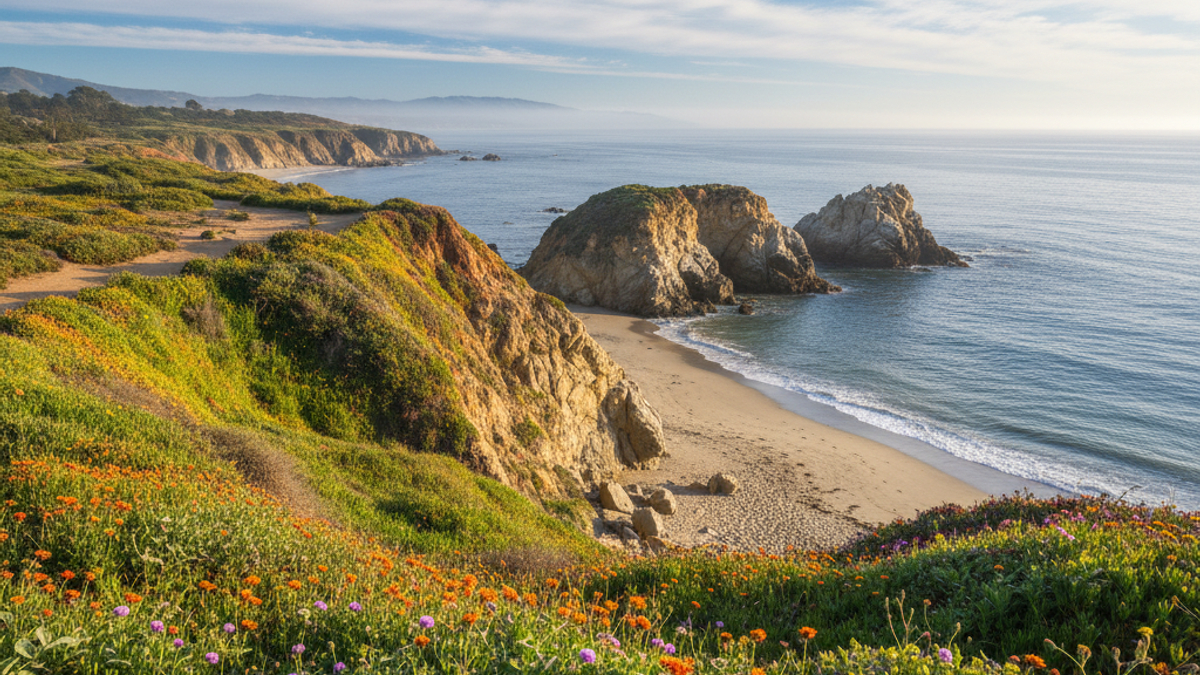Setting the Scene: A Quick Peek at 2025 San Clemente
Sun-kissed bluffs, Spanish-style rooftops, and that Pacific blue that refuses to quit—San Clemente really does look like a postcard. The city squats on the southern tip of coastal Orange County, halfway between the bright lights of L.A. and the craft-beer buzz of San Diego. Roughly 65,000 people call it home in 2025, and the headcount keeps inching upward. Why? Remote workers, empty nesters chasing better weather, even surf-obsessed twenty-somethings want their slice of the shoreline. Median single-family asking price sits near 1.35 million dollars, a ten-percent jump from last year, according to the local MLS. Inventory hangs under two months, so homes get scooped up fast. New builds? Scarce. Resales? Competitive. Some long-time locals whisper about “too much change.” New arrivals say, Bring it on.
Pros of Moving to San Clemente
Beach access you can actually use
Yes, Southern California has coastline everywhere, but drive-up-and-plop-your-towel spots are getting rare. San Clemente keeps its sand approachable. You roll down Avenida del Mar, grab a breakfast burrito at the pier, and you are in the water minutes later. That everyday access turns even Tuesday mornings into mini-vacations.
Outdoor living that feels like cheating time
The Mediterranean micro-climate hovers in the high sixties to mid-seventies most of the year. June gloom arrives, sure, yet you are still in flip-flops. After-work sunset hikes on the Ridgeline Trail, pre-dawn surf checks at T-Street, weekend e-bike rides on the Beach Trail—there is a rhythm here that makes you forget how frantic Southern California can be.
Small-city vibe, big-city perks
San Clemente leans more “village” than metropolis. You will bump into neighbors at Bear Coast Coffee. You will chat with the same farmer at the Sunday market until you know his kids’ names. Still, you can hop on the Metrolink train at the pier and hit Angel Stadium for a night game without white-knuckling the freeway. It is the best of both: local intimacy, regional reach.
Strong school reputation without private-school pricing
Capistrano Unified, the district serving San Clemente, lands in the top tier of statewide test scores year after year. While scores never guarantee experience, parents appreciate options like the International Baccalaureate program at San Clemente High and dual-immersion elementary tracks. Translation: quality public schooling means you can keep that tuition money in your pocket or funnel it into surf lessons.
Historic core that resists cookie-cutter creep
Plenty of beach towns have leveled their past. San Clemente holds on. Casa Romantica’s white arches look exactly like they did when the city’s founder, Ole Hanson, walked the grounds. Avenida del Mar shops still tuck into low-rise stucco. The city’s guidelines keep new construction under the ridgeline so ocean views and red-tile roofs stay visible. If you crave authenticity, the architecture feels like a time capsule.
Community events that still feel grassroots
The annual Ocean Festival, a wild mash-up of lifeguard races and sandcastle contests, is organized by locals who grew up dragging seaweed across the shore. The Fiesta Music Festival shuts down the main drag for classic-car displays and garage-band covers. Even as the population grows, these events do not feel hijacked by corporate sponsors. You see neighbors running the dunk tank, not some faceless brand.
Accessible regional employment
Not everyone works remote. Some residents commute north to Irvine tech campuses. Others head south to Carlsbad’s biotech corridor. The drive can gnaw at you—more on that soon—but you can also skip traffic on the Pacific Surfliner train with Wi-Fi onboard. A seat facing the water beats tail-lights in the rear-view mirror any day.
Room for entrepreneurial dreams
Zoning supports home-based businesses. Surfboard shapers, wedding photographers, online-boutique owners—they thrive on word-of-mouth in this tight network. If you have a side hustle brewing, San Clemente’s consumer base is loyal, local, and not shy about posting five-star reviews.
Quality-of-life extras
Healthy-food grocers, boutique fitness studios, and even a community garden at Vista Hermosa Sports Park—residents lean into wellness. City council banned plastic straws before many neighbors did, and free electric-vehicle charging stations sit behind City Hall. Sustainability is not lip service here; it is baked into municipal code.
Cons of Moving to San Clemente
Price tags that can sting
That 1.35 million-dollar median may climb again next quarter. Condo buyers look at 750k entry points, single-family shoppers push 1.5 million for turnkey. Property taxes hover around 1.1 percent, and Mello-Roos fees pop up in Talega and Forster Ranch. Monthly homeowner association dues stack on top—some crest past four hundred dollars. Renters do not escape either: average two-bedroom rents flirt with 3,400 dollars a month. Budget shock is real, especially if you are moving from the Midwest or even inland Riverside County.
Limited housing variety
Most of San Clemente was built post-1950, then got a big boom in the early 2000s. That means lots of ranch-style homes, plenty of Spanish revivals, but fewer ultra-modern glass cubes or micro-units. If you dream of a shiny new construction tract, you may end up in neighboring Rancho Mission Viejo instead. Tear-down opportunities exist, yet coastal commission rules can slow remodel timelines to a crawl.
Traffic tantrums on Interstate 5
Morning southbound flow into Camp Pendleton bottlenecks. Evening northbound congestion toward Mission Viejo can double your commute. Even surface streets have pinch points. El Camino Real jams when beachgoers flock. There is talk of widening lanes, but environmental reviews drag. You either become a podcast junkie or master train schedules.
Tourist surge, especially summer weekends
June to August, parking near the pier evaporates by 9 a.m. Day-trippers set up shade tents that hog sand and leave at sunset. Local restaurants slap on twenty-minute wait times. Residents learn defensive maneuvers: grocery shop before dawn, surf dawn patrol, hit trailheads while visitors sleep in. If you prize solitude, high season might test your patience.
Limited nightlife and retail diversity
Past 10 p.m. the streets quiet down. A handful of wine bars and the bowling alley keep lights on, but if you crave craft-cocktail lounges or upscale clubs you will drive to Dana Point or Laguna Beach. Shopping skews boutique rather than big-box, so specialty items—think bespoke suits or niche tech gear—may require an online order or trip to South Coast Plaza.
Employment base is commuter heavy
Local jobs center on hospitality, small business, and the ever-present surf industry. High-salary positions in finance, advanced tech, or large-scale manufacturing are scarce inside city limits. Many residents reverse-commute to Irvine, San Diego, or remote into a tech hub elsewhere. If you need dense corporate networking on weekdays, factor in travel or a strong home-office setup.
Emergency prep matters
Wildfire risk sits in the foothills east of the freeway. Coastal bluff erosion threatens rail lines. King-tide flooding sneaks onto Avenida Victoria a few times each winter. The city invests in seawalls and evacuation drills, but new residents need a go-bag and a plan. Insurance premiums reflect these realities, especially in hillside neighborhoods flagged as high risk.
Home-service costs run high
Need a roofer, plumber, or stucco specialist? The going hourly rates outpace inland markets by fifteen to twenty percent. Contractors juggle beach-city regulations and limited supply chains, so they pass on the overhead. Budget for that inevitable post-inspection punch list.
Wrapping Up
So, what sticks? Sunsets that melt your stress, a community that still throws block-party parades, and a surf break many dream about. On the flip side, dollar signs loom large, and the freeway can feel like a parking lot. San Clemente rewards residents who value lifestyle over square footage, who do not mind planning errands around beach traffic, and who can stomach premium pricing for coastal zip codes. If that sounds like you, the trade-off is worth every salty breeze. First step, run your numbers, scout neighborhoods in person, and talk with a local agent who knows which streets get ocean breeze and which ones get marine layer all day. Your future address might be waiting a few blocks from the pier.
FAQs
What draws people to San Clemente over other Orange County beach towns?
Most newcomers choose San Clemente for its blended identity. It feels less tourist-trappy than Laguna, quieter than Huntington, and way more “locals first” than Newport. You get a true village core, surf culture that is the real deal, and train access right at the pier. Few spots deliver all three.
How does the cost of living compare with inland Orange County?
Expect groceries and utilities to match most of the county, yet housing leaps ahead by twenty to forty percent depending on neighborhood. Gas can be pricier because stations cluster near the freeway. Factor in pricier home-service labor, and you are looking at an across-the-board premium for that Pacific view.
What are my schooling options if I want specialized programs?
Capistrano Unified offers International Baccalaureate at San Clemente High, bilingual immersion at Las Palmas, and award-winning arts programs district-wide. Private campuses like Our Lady of Fatima sit inside city limits, while St. Margaret’s Episcopal is a fifteen-minute drive. Many parents appreciate having both public and private options within a short radius.
Can I realistically live here and work in Los Angeles?
Plenty of residents do the northbound grind, but it is not for the faint-hearted. Plan on ninety minutes each way if you leave at peak times. The Pacific Surfliner covers Union Station to San Clemente in roughly an hour and fifteen. Remote or hybrid schedules make the commute survivable.
Does the town support remote workers?
Absolutely. Fiber-optic zones thread through major subdivisions, and co-working spots like Satellite Workplaces provide day passes. Coffee shops rarely scowl at laptops, plus the city council recently green-lit more mixed-use projects that include shared office space.
How have home prices trended over the past five years?
From 2020 to 2025, median single-family sales prices jumped roughly thirty-five percent. The steepest climb happened during the low-inventory surge of 2021-2022, then gains settled into single digits. Condos and townhomes followed a similar trajectory but started at lower price points, keeping them the entry path for many buyers.
Is public transit enough to skip owning a car?
Short answer: not yet. The train handles north-south journeys, and a couple of local trolley loops run in summer, yet grocery runs and school drop-offs still lean on personal vehicles. Some households downsize to a single car and pair it with e-bikes, but a no-car lifestyle takes serious planning.
That is it. You now have the unfiltered pros and cons of living in San Clemente. Use them, weigh them, then decide if that little slice of coast deserves your next set of keys.

